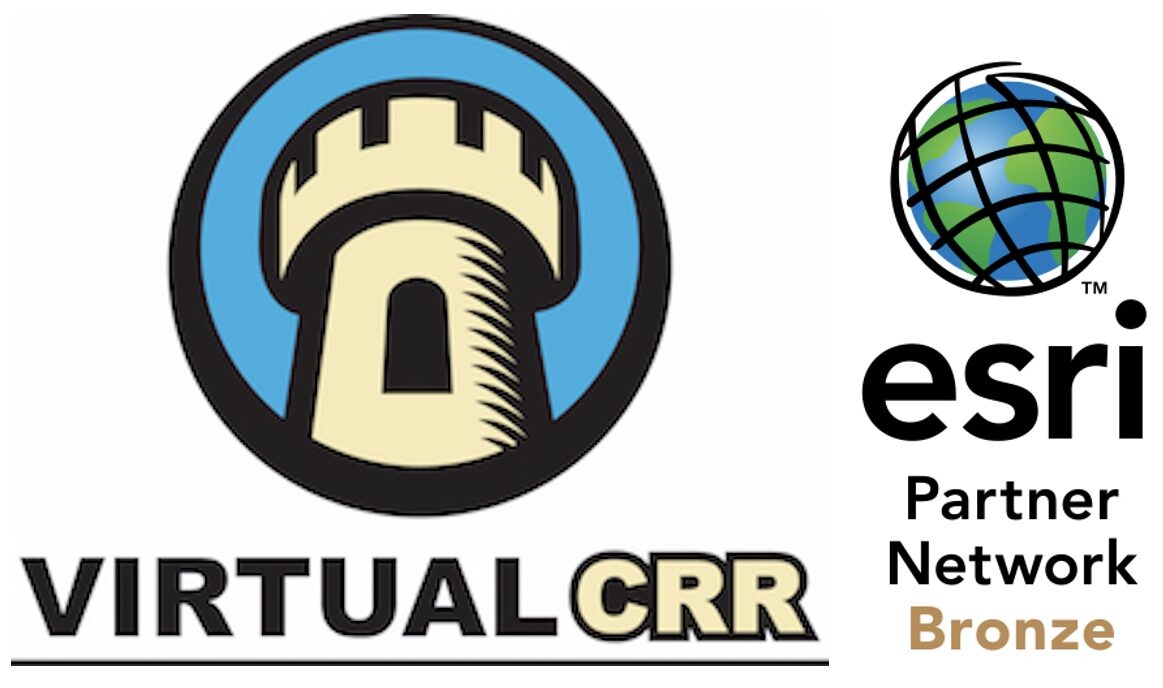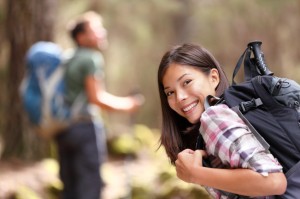Safe Hiking
Hiking is a wonderful pastime, and can be a healthy outdoor activity that the whole family can enjoy. Unfortunately, though, many people are either killed or injured each year in hiking incidents. Even worse is that most of these deaths are attributable to one common factor – poor preparation – and could have been completely avoided by following some simple safe hiking guidelines.
What Do I Need to Do Before I Leave?
Before going on a hike, no matter how short, it is important to take some time to adequately prepare. Here are some of the questions you should ask yourself before you leave:
- What route are you going to take, and how far is the hike likely to be?
- What is the terrain like (flat trail, thick brush, desert, wetlands, hills, mountains, snow)?
- What is the weather going to be like (rain, snow, extreme heat or cold, high humidity)?
- What is your level of fitness and training?
- How remote is the route, and where is the nearest help?
It is essential that you know the answers to these questions so that you can properly prepare. Most importantly, this will tell you whether you should even be attempting this particular hike in the first place. You should know your own capabilities, as well as those of all the people who will accompany you, especially if you have children in your group. Are you fit enough to cope with the difficulty of the hike? Do you have time to finish the hike in daylight? If the route you choose will require land navigation skills, do you have the training to do this? If you are just beginning and don’t know, then ask someone who is experienced, or has completed the route, for their opinions; however, be careful when taking advice – what is easy for them might not be so for you.
Secondly, these answers will tell you what type of equipment you need. So often we see people get into trouble because they packed too lightly – this is especially true of water. The Institute of Medicine recommends that an adult male consume 3.7 liters of water a day (almost 8 pints), but expect to need much more during strenuous activities. We recommend pre-hydrating by drinking a large quantity of water before you depart, and then plan for at least 500ml (about a pint) every hour per person, although this can change drastically in extreme temperatures or difficult terrain (the author has consumed over 7 liters in 5 hours during a desert hike). If you are experienced, and can guarantee a clean water source along the way, then you might be able to lighten your load, but water will generally be the heaviest thing in your pack.
Lastly, what other equipment do you need? For example, what type of shoes will be best for the terrain? Summer trail shoes will not cope with high altitude mountain conditions. Do you need special equipment, such as cold or wet weather gear? We recommend that you always carry a first aid kit, and that you take training in how to use it properly. We also recommend taking an additional layer of clothing, such as a microfiber fleece, even when temperatures are warm, as any survival situation you might encounter can mean lowering temperatures in the evening hours. Other equipment to consider at a minimum is some type of fire lighting tool, a flashlight, a sturdy knife, a signaling device such as a whistle, and food (such as energy bars).
What if My Safe Hike Goes Bad?
Now that you are adequately prepared, what happens if something does go wrong? The answer to that question could be a whole separate discussion in itself, but here are a few basic principles: Most importantly, admit to yourself that you are in trouble and need help. Remain calm, stay together, treat any injuries, and wait on the trail if you can – Search and Rescue teams will invariably search along your last known route first, so the further you go away from the trail the harder it will be for someone to find you (always tell a responsible adult where you are going and when to raise the alarm if you don’t return – if you have no way to tell a friend or relative then let someone like a Park Ranger know your destination). If you have a cell phone with signal, use it to call for help. If you are lost and cannot find the trail, don’t just wander aimlessly, especially if it is getting dark – stay where you are and wait. Once it gets dark, light a fire if it is safe to do so, listen for search parties or helicopters, and use your whistle and light to attract attention.
Hiking can be a wonderful activity when done safely, and a little preparation can go a long way to ensuring this. There is a huge amount of information and training available on hiking, navigation and survival, and we strongly urge you to take advantage of this and continue to develop your emergency skills. For more information of security, safety and emergency preparedness visit MBIntel.net.

